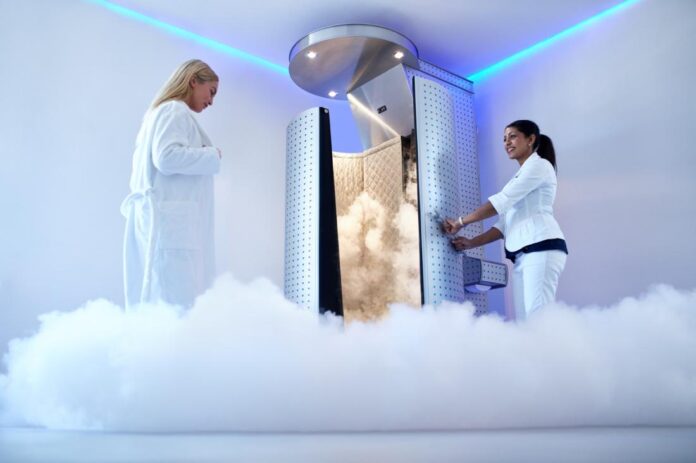
If you follow modern trends, then you have probably heard of cryotherapy. But hearing something still does not mean that we know how it all works or the benefits of it and whether it has some disadvantages. That is why we gathered the list of pros and cons of cryotherapy for you, and if you want to find out how you can reduce and eliminate the pain, there are some excellent and specialized sites where you can learn more about that.
What exactly is cryotherapy?
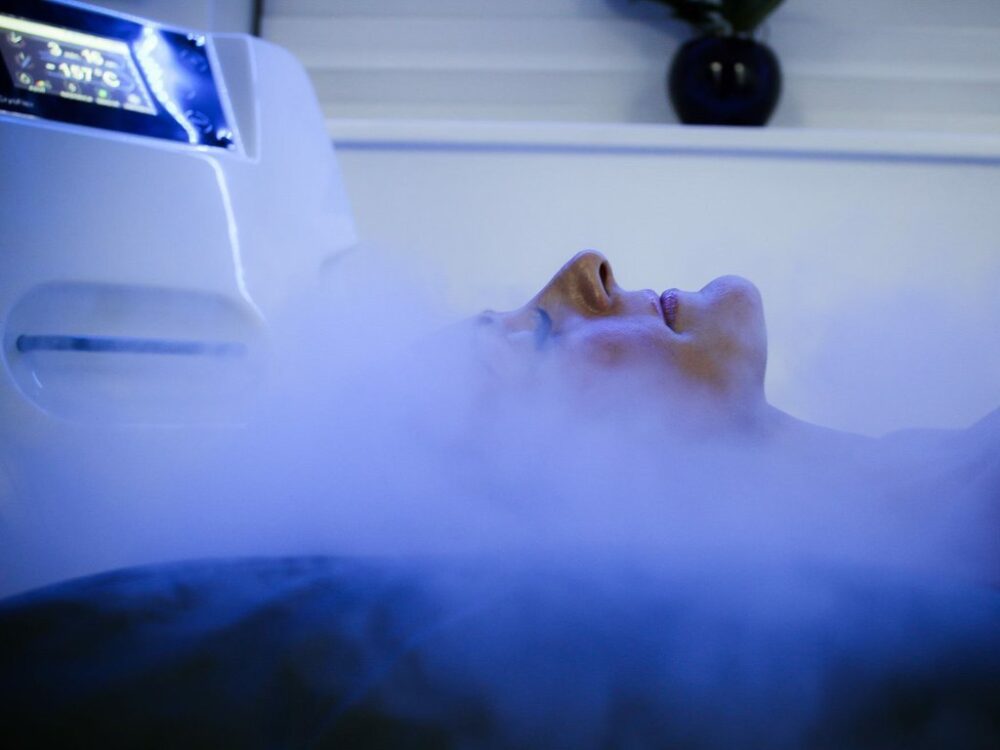
The first thing to know is that this is a therapy that uses pretty low temperatures for therapeutic purposes. That treatment can simply mean lying in a tub filled with ice-cold water, but modern times bring modern solutions, and today, we have body-sized chambers. They work with liquid nitrogen, which is sprayed to keep the skin temperature up to -150 °F.
This type of treatment is nothing new, and although many still wonder about how it works, everyone can agree that this system actually gives results. Another advantage is that since it can be performed in many ways and for many purposes, it is something that everyone can and should use. In the late 70s, a new way of performing cryotherapy emerged in Japan, with new chambers for cold therapy. This did not go unnoticed, and in a short time, it spread all across Europe and the USA.
Pros of cryotherapy:
They do not take long to complete

Depending on the procedure, the time needed for the treatment can vary, but most likely, the entire process will not take more than 5 minutes of your time. Since the whole system works swiftly and the cold temperatures are reached in seconds, in most cases, everything will be over in two or three minutes. Of course, after the procedure, you will need some time to recover, but even with that, you can complete it during a lunch break.
Faster and better recovery after training
Famous basketball players and other athletes and celebrities are just some of the people you possibly heard, speaking about their experiences as they practiced and promoted this type of treatment. Numerous researches have shown that ice-based cryotherapy can reduce the harmful effects of intense workouts. That is why athletes very often use it in order to recover their muscles after a hard workout or competition.
Reducing the pain and helping with muscle recovery
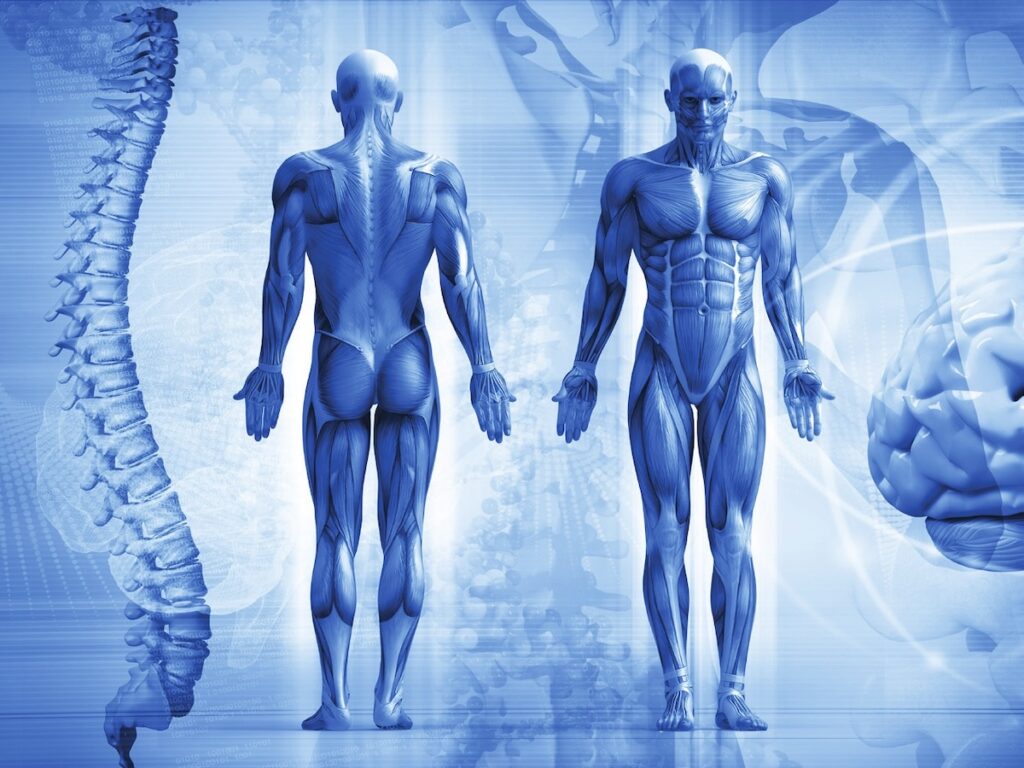
If someone has troubles with muscle pain or other muscle diseases, this treatment can help you with that. It can also contribute to faster recovery from injuries. We all know that when we watch some game and if some injury happens, the medical staff always brings sprays and ice pack to deal with the possible muscle injury due to some kind of an impact. Using ice to reduce the pain and increase blood circulation is something that is done for hundreds of years. What many studies also found is that it offers temporary relief from the pain caused by rheumatoid arthritis.
Reduces the inflammatory process
Muscle inflammation (Myositis) is one of the ways how our body fights infections. However, in some cases, the immune system becomes overly reactive, which can cause many health problems. One of those problems that can occur as a result of muscle inflammation is chronic inflammation that is further associated with health problems such as cancer, diabetes, and depression. This way of therapy works by reducing inflammatory processes and reduces the risk of many chronic diseases.
It boosts our immune system
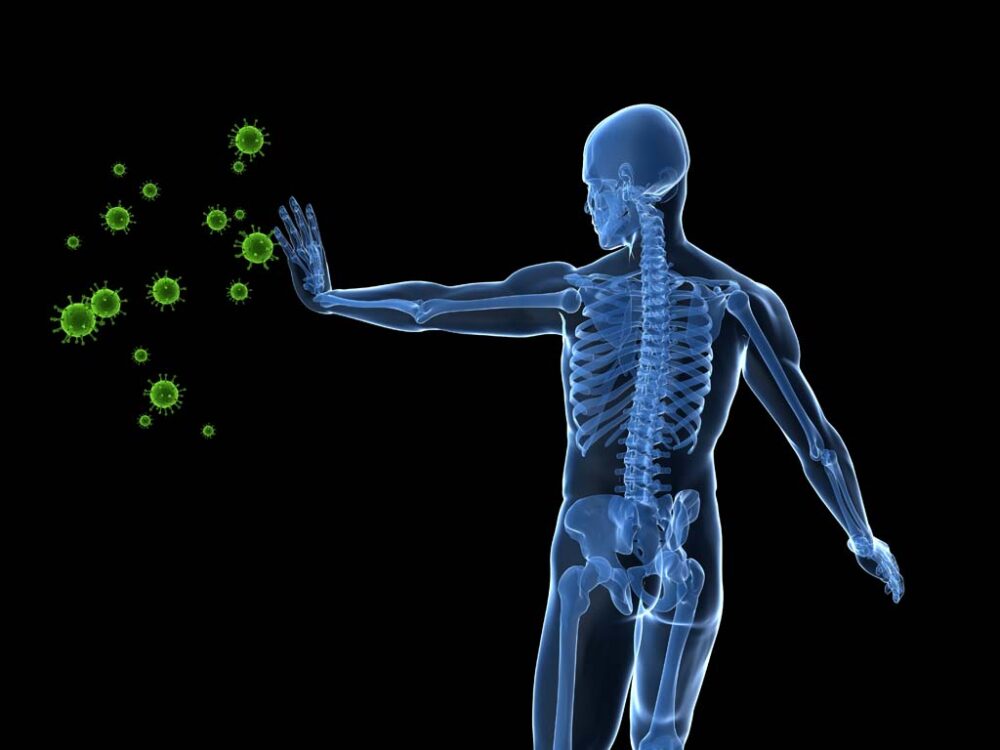
In many researchers, you can find that 3 minutes of such therapy is enough stimulation for the body to think that it is in a situation of survival. This is interesting because when we (and our body) believe that we are in danger, the body strengthens the natural immune process. Although some may overlook these studies, there are hundreds of cases of people who are sure that they have achieved immune improvement after such treatment.
Decrease muscle spasms
Cryotherapy enables a double effect and by adjusting the temperature so that it allows the simultaneous circulation of cold water and air. Active compression helps the body and reduces swelling while at the same time stimulating the flow of oxygen-rich blood, which contributes to efficient and even cooling and which, as a result, reduces pain and muscle cramps.
Increased energy and metabolism
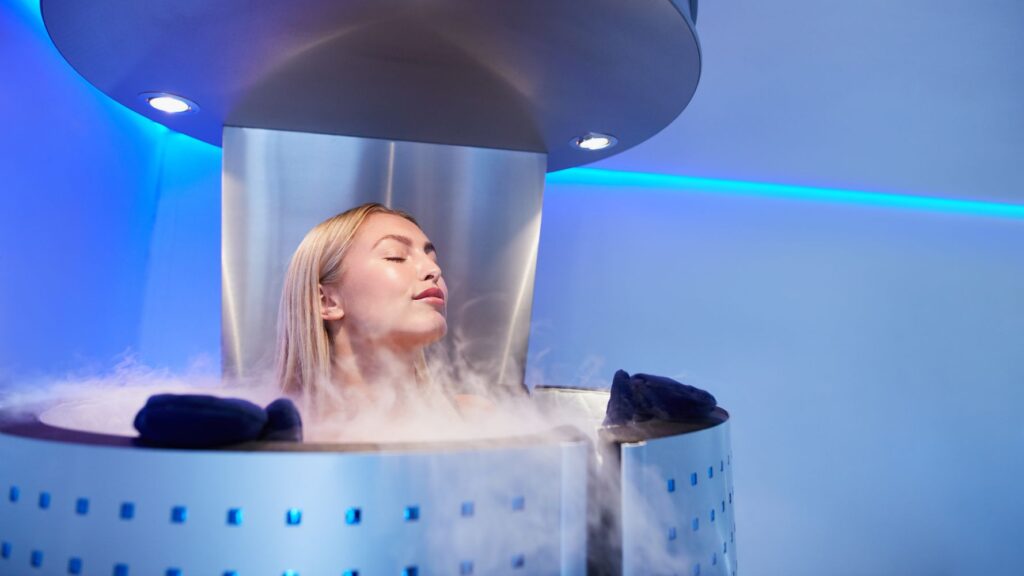
After several minutes of intensive cryotherapy, one can really feel like they can run a marathon. That “full of energy” feeling is most likely due to the response to cold of our body, as it releases catecholamines (adrenaline and noradrenaline), as well as other neuropeptides. These neurochemicals are also associated with a feeling of euphoria and a reason to laugh out loud when you jump into cold water or go out on the snow without proper clothing. During this therapy, the circulation in the treated region improves, which stimulates the creation of new capillary blood vessels. All this leads to a better supply of oxygen and micronutrients and a faster recovery of the muscle tissue.
Cons:
As you may have already thought, entering a chamber where the temperature is below zero comes with several risks, although surprisingly little compared to what you might have expected.
Possible skin irritations
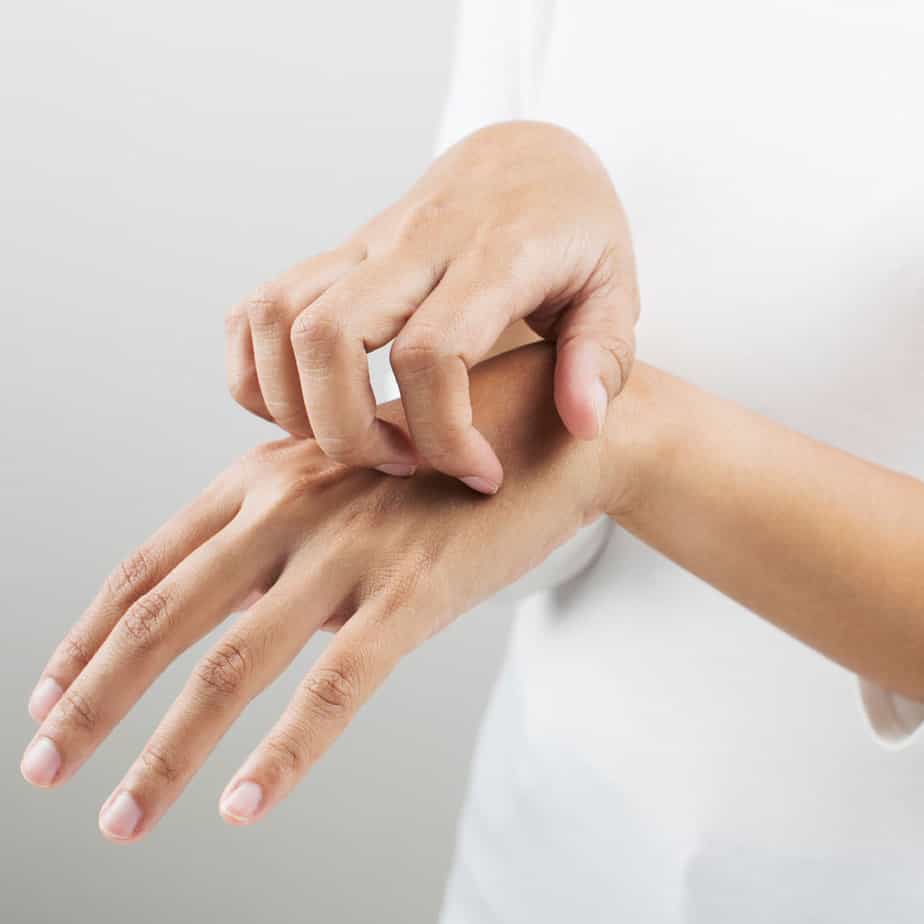
The most common complication that can occur is skin irritation and redness, which will disappear in a short time, and these kinds of side effects are temporary. In extreme cases, it can cause frostbite, but it is not something that will likely happen because every treatment is performed under safe conditions.
Heart and blood pressure problems (If the treatment last for more than it should be)
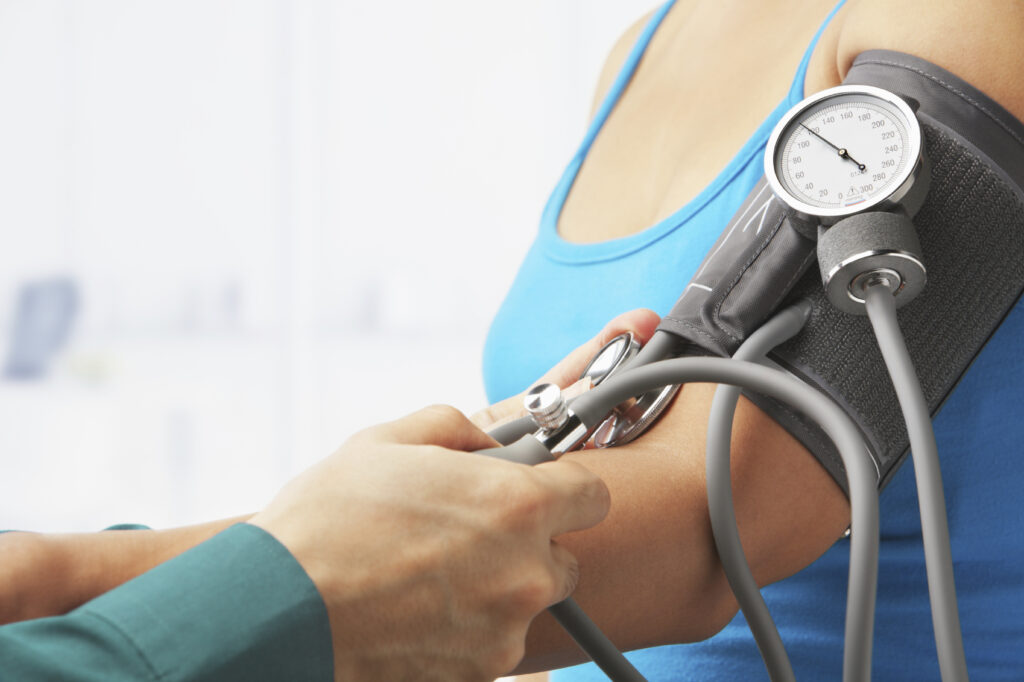
As already mentioned, the therapy lasts for a couple of minutes (most usually 2 or 3 minutes), but it should never last 5 minutes or more because that could cause decreased heart rate and further health problems. All this is solved with close monitoring of vital signs throughout the procedure.
Summing-up
Now, with understanding how it works and what cryotherapy really is, it is clear that if you need this type of treatment, there is no reason to hesitate or worry, as the benefits and advantages of cryotherapy are already proven. Even if you feel at your best, know that “An ounce of prevention is worth a pound of cure.”








